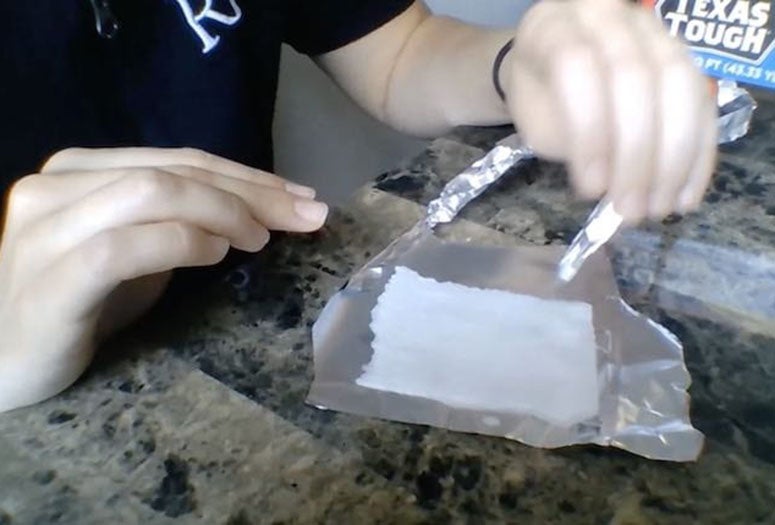Learning about chemistry is largely a hands-on experience. But the hands don’t necessarily need to be your own.
Members of Rice University’s Department of Chemistry put forth a video-based strategy to help undergraduate students experience the decision-making process involved in experimentation after in-person labs were temporarily suspended.
One of a series of videos by chemistry graduate student Lauren Warning helps students understand scientific concepts through demonstration of an electrochemical reaction.
Their laboratory-based, “choose-your-own-adventure” video activity is detailed in the American Chemical Society’s Journal of Chemical Education.
The study by assistant teaching professor Krista Kobylianskii and graduate student Lauren Warning uses the example of demonstrating an electrochemical reaction. Students in a general chemistry lab course choose how to vary the parameters in an electrochemical cell, then observe the consequences of their decisions.
The duo recognized early in the COVID-19 pandemic the value of expanding the number of tools instructors could use to support remote learning and, just as important, validating that their students had actually learned from them.
The general idea of “gamifying” a lesson is not unique, they noted. “There are a handful of cases where people have tried something like a ‘choose-your-own-adventure-style’ activity for chemistry safety training or demos,” Kobylianskii said. “But in terms of using this type of activity to create a virtual lab experiment, we couldn’t find anything significant in the literature.”
The videos in the series, which can be viewed here, are a preliminary proof of concept that provided Rice chemistry students with a selection of paths through a typical early chemistry lab experiment.
“I pretty much put them together over the course of a weekend,” said Warning, who carries out the demonstration with household goods: aluminum foil, paper towels, batteries, cleaning solution and salt. “We were excited about it because with COVID going on, lab courses have been really challenging.
“The idea was this format could be applicable to pretty much any lab a professor was originally planning to do, as long as the professor had access to the materials,” she said.
With her simple supplies, Warning demonstrated the construction of a circuit able to “write” on a paper towel soaked in an electrolyte solution (the cleaning fluid, with proper levels of salt).
The videos, including a pre-lab lecture, were made available to 131 Rice undergraduates who were asked to identify the components of an electrolytic cell, distinguish reactions at the cathode and anode and make the connections between their choices and the results.
At certain points during each video they were asked to pause to answer questions and think about the next experimental step. That would prompt them to either continue the video or move on to another that showed the reaction. At the end, students took a post-lab assessment to see how well they absorbed the concepts presented. Most showed improved understanding.
Kobylianskii said the spring semester at Rice will bring dual-mode classes, with some undergraduates present in the classroom and others logging in from distance. “We're going to try to write a follow-up paper that explores whether they learn any better or worse when conducting the same lab virtually or in-person,” she said. “We want to know if they are getting the same learning outcomes out of doing these experiments virtually.
“One of the driving forces was to keep it simple, because the problem when everything went asynchronous and students were watching lab videos at different times was they didn’t get feedback from us,” Kobylianskii said. “We know from research that relevant and timely feedback is critical.”
The “adventure” approach makes it at least a little more personalized to each student, she said.
“When labs cannot function in person the simplest option for lab instructors is to videotape the whole lab and let the students watch it,” Kobylianskii said, “and that is a completely passive process. There’s no feedback. What we did is about the same amount of work as videotaping a lab, but the students still get to have their input and get immediate feedback.”



